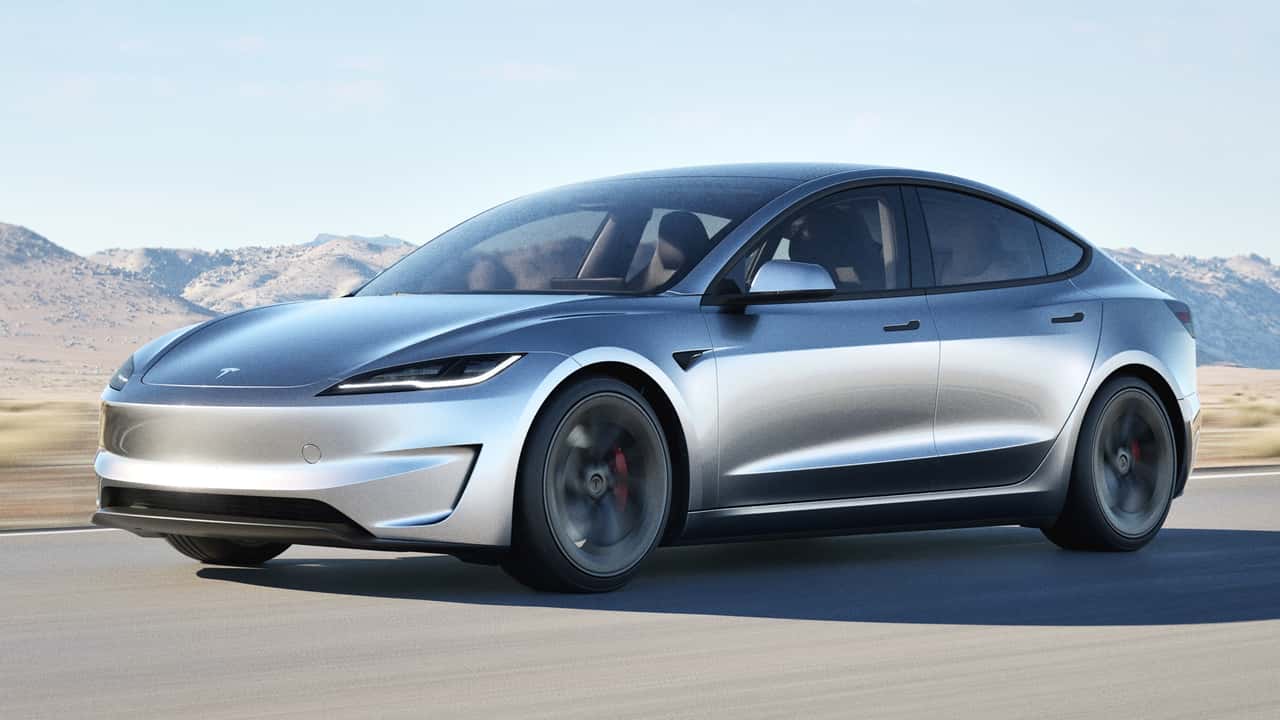Digitization continues to reshape the global economy, blurring industry lines and redefining operational paradigms. As of 2025, several sectors have pushed the frontiers of digital transformation, harnessing emerging technologies to optimize processes, enhance customer experience, and create innovative business models. Exploring which sectors stand at the forefront of digitization reveals key drivers, practical implementations, and transformative impacts on businesses and society.
Financial Services: Pioneering Digital Adoption
The financial sector remains an undisputed leader in digital innovation. By 2025, traditional banking, insurance, asset management, and fintech firms are leveraging advanced technologies at unprecedented scales. Artificial intelligence automates complex risk assessments, fraud detection, and customer service. Blockchain is widely adopted for transparent, secure transactions and smart contracts.
Consider JP Morgan Chase’s AI-powered trading desks or Revolut’s personalized money management application, both showcasing operational flexibility and a customized user experience. Insurtech new ventures like Lemonade utilize machine learning for immediate claims handling, and robo-advisors make wealth management accessible to more people. Furthermore, regulatory technologies (regtech) simplify compliance through continuous monitoring and reporting.
Banking platforms have also introduced biometric authentication and digital onboarding, reducing friction and enhancing security. Digital currencies and Central Bank Digital Currencies (CBDCs) transition from pilot projects to nationwide rollouts, emphasizing the financial sector’s position as a digital pioneer.
Healthcare: Digitization Driven by Necessity and Innovation
The healthcare sector witnessed transformative digitization, accelerated by global health crises and ongoing technological evolution. Telemedicine, which surged during the COVID-19 pandemic, has become a standard care delivery channel, integrating AI-driven diagnostics and remote patient monitoring.
The widespread adoption of electronic health records (EHRs), along with interoperability protocols and protected cloud storage, improves cooperative healthcare delivery among various organizations. Continuous health monitoring is facilitated by wearable gadgets—such as Apple Watch and Fitbit—offering immediate data for proactive measures and tailored therapies.
Drug manufacturers are increasingly utilizing digital twins for the creation of new medications, which shortens the time to market and enhances the precision of trials. Robotics and computer-aided surgical procedures increase exactness, while virtual reality (VR) educates healthcare professionals through engaging simulations. Machine learning-driven diagnostic imaging identifies illnesses sooner and with greater accuracy, thereby transforming patient results.
Retail and E-commerce: A Digital-First Approach
Retail, both physical and online, has become a testbed for digital innovation. Omni-channel strategies blend e-commerce platforms with brick-and-mortar stores, offering seamless inventory and personalized shopping experiences. AI-driven recommendation engines, chatbots, and dynamic pricing models optimize conversion rates.
Frictionless payment systems, such as mobile wallets and buy-now-pay-later (BNPL) solutions, remove barriers at checkout. Augmented reality (AR) enables customers to visualize products in their own environment before purchase—IKEA’s Place app and Sephora’s Virtual Artist are seminal examples of this.
Supply chain management leverages Internet of Things (IoT) sensors and blockchain for real-time tracking of goods, increasing transparency and reducing losses. Voice commerce (via smart speakers) and social commerce (shopping directly on social platforms like Instagram) further illustrate the digital permeation of retail operations.
Manufacturing and Industry 4.0: The Smart Factory Revolution
Manufacturing stands transformed by Industry 4.0 principles. Smart factories integrate IoT sensors, robotics, edge computing, and AI-driven analytics to monitor production lines, predict equipment failures, and optimize resource allocation.
The Siemens Amberg Electronics Plant serves as a prime illustration of this development, with more than 75% of its entire production operations being automated and digitally supervised. Digital twins are utilized to simulate and test equipment within virtual settings, thereby boosting efficiency and reducing periods of inactivity.
Additive manufacturing (3D printing) facilitates quick prototyping and localized manufacturing, leading to shorter supply chains and lower expenses. Augmented reality provides technicians with immediate visual instructions during upkeep or construction. These digital approaches allow manufacturing companies to effortlessly adjust production, responding to evolving requirements and market disruptions.
Education: Digital Learning Ecosystems and Adaptive Technologies
The digital transformation within the educational field is characterized by its accessibility, tailored experiences, and interactive elements. Online learning platforms, including Coursera and Khan Academy, offer widespread availability to high-quality instruction, thereby overcoming geographical and socioeconomic obstacles.
Institutions adopt learning management systems (LMS) that support asynchronous and synchronous learning. Artificial intelligence personalizes curriculums, detects knowledge gaps, and offers targeted resources. Virtual reality immerses students in experiential learning, enabling hands-on exploration of science, history, or professional skills.
Proctoring software employs facial recognition and behavioral analysis to uphold the integrity of online assessments. Open educational resources and micro-credentials promote continuous learning and flexibility for contemporary workforces, solidifying the digital evolution of education.
Energy and Utilities: Data-Driven and Decentralized
Energy and utilities sectors have accelerated digitization to enable sustainable operations and resilient infrastructures. Smart grids analyze real-time consumption data, balance supply and demand, and facilitate seamless integration of renewable sources.
IoT-powered meters and algorithms for predictive maintenance prolong the operational life of assets and decrease periods of inactivity. Distributed energy systems, including platforms for peer-to-peer energy exchange, enable prosumers and improve the efficiency of the power grid. The use of digital twins in the oil and gas sector improves predictions and asset oversight, and automated drones are used to inspect pipelines and power lines, thereby lowering labor expenses and risks to personnel.
Electric vehicle charging networks utilize digital platforms for integrating payments, checking station availability, and planning routes, highlighting the industry’s adoption of digital solutions.
Government and Public Services: Digital Governance Becomes Standard Practice
By 2025, the digitization of the public sector had achieved unprecedented levels. Governments are deploying e-service platforms for various functions such as taxation, licensing, voting, and welfare initiatives, thereby streamlining administrative processes and boosting transparency. Estonia’s extensive e-Residency scheme enables entrepreneurs worldwide to utilize digital government services, setting a precedent for other countries.
AI-driven conversational agents manage public inquiries, and blockchain technology safeguards electoral processes and agreements. Open data programs encourage advancements in civic technology and clearer policy-making. Emergency response systems gather live information to guide swift action plans, encompassing pandemic control and post-disaster rebuilding efforts.
Transportation and Mobility: The Era of Smart and Connected Mobility
Transportation becomes increasingly digital through connected vehicles, real-time logistics, and seamless mobility-as-a-service (MaaS) offerings. Autonomous vehicles—supported by companies like Waymo and Tesla—rely on complex AI systems for navigation, safety, and fleet optimization.
Smart traffic management systems predict congestion and dynamically adjust signals. Ride-sharing platforms, bike rentals, and micro-mobility services are integrated through unified digital payment and navigation ecosystems. Blockchain secures logistics chains, while predictive analytics optimize fleet maintenance and reduce carbon footprints, reflecting the sector’s pervasive digitization.
The Digital Maturity Landscape in 2025
Upon examining the most digitized industries by 2025, several key trends become apparent: the widespread integration of artificial intelligence and machine learning, the omnipresence of interconnected devices, the application of real-time data, and an emphasis on digital experiences centered around the customer. Leading sectors such as finance, healthcare, retail, manufacturing, education, energy, government, and transportation are not only fostering innovation within their own fields but also establishing standards for inter-industry cooperation and societal advancement.
Digital maturity is not merely about adopting individual technologies, but rather about comprehensive strategies that promote resilience, adaptability, and inclusion. As the digital environment progresses, these areas consistently influence and redefine economic and social opportunities worldwide.







